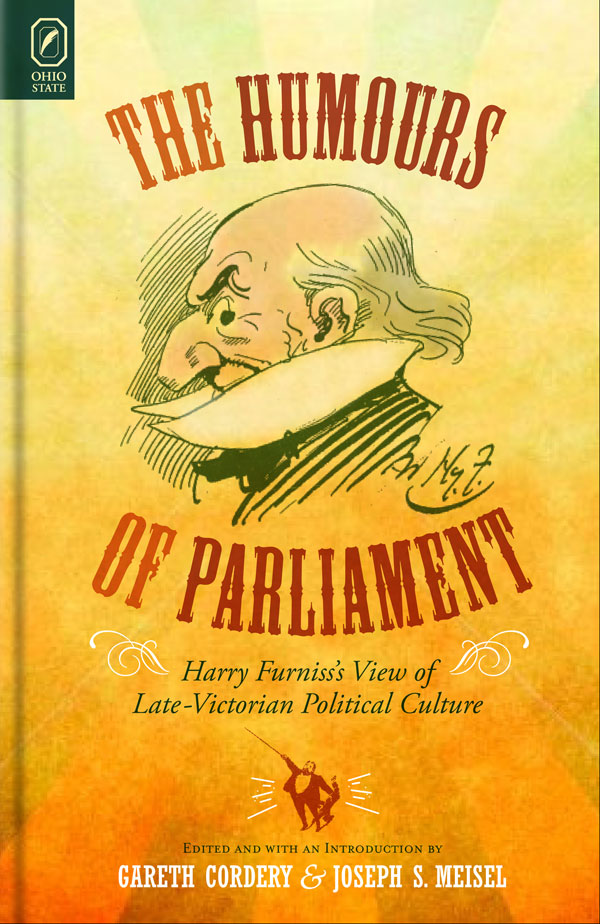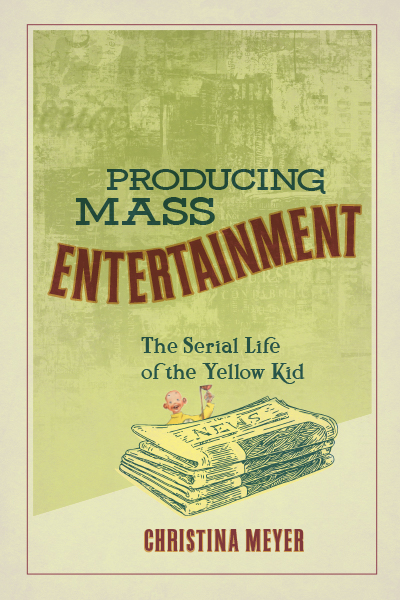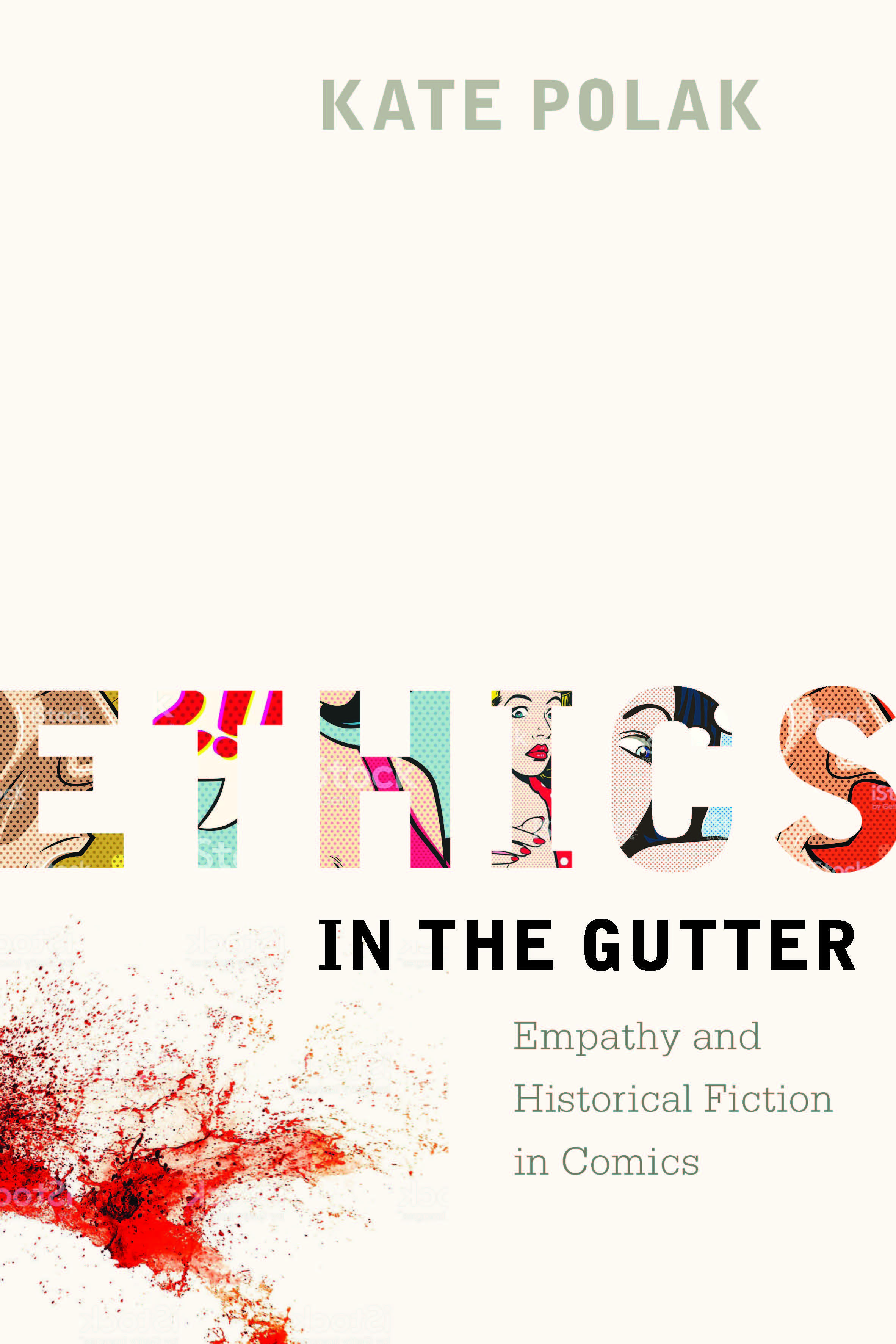“Lost Literacies recovers and makes meaningful a large archive of forgotten visual materials from illustrated weeklies, newspapers, and books. By collating this vital prehistory of the comic strip, Beringer reveals fascinating features of nineteenth-century US urban visual culture. An elegant and exciting study.” —Sandra Tomc, author of Fashion Nation: Picturing the United States in the Long Nineteenth Century
“Beringer’s repositioning of the history of comics gives a more nuanced account of the way the comics form developed in America than anything currently available. Lost Literacies is a valuable reference for the growing number of scholars studying the comic strips of later periods.” —Ian Gordon, author of Superman: The Persistence of an American Icon
Lost Literacies is the first full-length study of US comic strips from the period prior to the rise of Sunday newspaper comics. Where current histories assume that nineteenth-century US comics consisted solely of single-panel political cartoons or simple “proto-comics,” Lost Literacies introduces readers to an ambitious group of artists and editors who were intent on experimenting with the storytelling possibilities of the sequential strip, resulting in playful comics whose existence upends prevailing narratives about the evolution of comic strips.
Over the course of the nineteenth century, figures such as artist Frank Bellew and editor T. W. Strong introduced sequential comic strips into humor magazines and precursors to graphic novels known as “graphic albums.” These early works reached audiences in the tens of thousands. Their influences ranged from Walt Whitman’s poetry to Mark Twain’s travel writings to the bawdy stage comedies of the Bowery Theatre. Most importantly, they featured new approaches to graphic storytelling that went far beyond the speech bubbles and panel grids familiar to us today. As readers of Lost Literacies will see, these little-known early US comic strips rival even the most innovative modern comics for their diversity and ambition.
Alex Beringer is Professor of English at the University of Montevallo. He has held fellowships with the University of Cambridge and the American Antiquarian Society. His research concerns nineteenth-century American visual culture, literature, and comics. Find him at www.alexjberinger.com.
Contents
List of Illustrations
Acknowledgments
Introduction Transatlantic Picture Stories
Chapter 1 “Giotto’s Magic Circle”: Breakthroughs in Sequential Comics
Chapter 2 Everyday Adventures: Character Studies and Skits
Chapter 3 Drawn from the Stage: Theater Comics
Chapter 4 Impressions of Places: Augustus Hoppin and Travel Comics
Epilogue After the First Wave of US Comic Strips
Bibliography
Index
Related Titles:

The Humours of Parliament
Harry Furniss’s View of Late-Victorian Political Culture
Edited and with an Introduction by Gareth Cordery and Joseph S. Meisel




